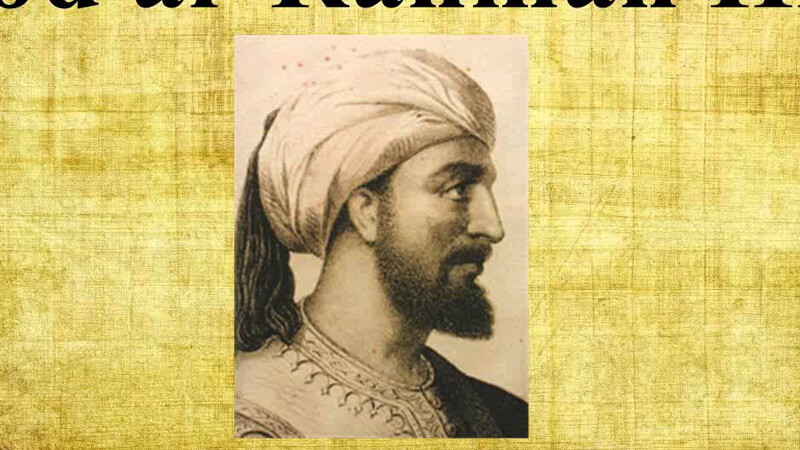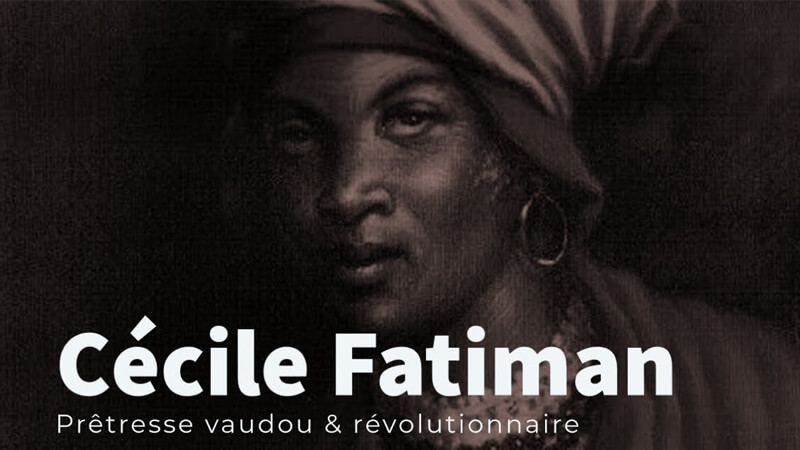Biography of Abd al-Rahman III: – Emir (912-929) and first Umayyad caliph of Cordoba (929-961). The grandson of Abd Allah, emir of Cordoba and a member of the Umayyad dynasty, who had ruled the caliphate of Damascus (661-750), were appointed by his grandfather as heir to the throne because of his intelligence, insight and tenacity.
Upon his death, in 912, Abd al-Rahman III, aged twenty-one, assumed the government of a Cordovan emirate practically dismembered by numerous internal conflicts and threatened by the increasingly powerful peninsular Christian kingdoms.
Biography of Abd al-Rahman III
- Born:- 7 January 891 AD, Córdoba, Spain
- Died:- 15 October 961 AD, Córdoba, Spain
- Successor:- Al-Hakam II
- Parents:- Abdullah ibn Muhammad al-Umawi
- Place Of Burial:- Alcázar de los Reyes Cristianos, Córdoba, Spain
- Children:- Al-Hakam II, Hisham III of Córdoba, Abd ar-Rahman
In order to pacify the territory and consolidate its power, he defeated the Banu Hyyay, subdued the principality of Seville to Cordovan obedience (917), and ended the rebellion of Umar ibn Hafsun and his sons, who had controlled, for thirty years, The Ronda mountain range from its Bobastro lair (928).
See Also: Biography of Abd al-Rahman I
These victories gave a great prestige to Abd al-Rahman III, who in 929, like his ancestors, the Umayyads of Damascus, proclaimed caliph, a title that combined political and religious authority, and adopted the nickname of al -Nasir (the Conqueror).
He then regained control of the territory of Badajoz, ruled by Ibn Marwan (930), and crushed the endemic rebellion of the city of Toledo after a two-year siege that deprived Toledo of food and forced them to surrender July 932).
In addition, it converted the caliphate of Córdoba into a maritime power, thanks to the creation of an important fleet with a center in Almeria, which allowed it to conquer the maritime cities of Melilla (927), Ceuta (931) and Tangier (951)
To establish a kind of protectorate over the north and center of the Maghreb, although the expansion of the Fatimid caliphate of Egypt in North Africa considerably reduced Umayyad influence in this region (958-959).
As for relations with the Christian kingdoms of the north, Abd al-Rahman III had no trouble maintaining Cordoba’s hegemony over the Iberian Peninsula, despite Ramiro II’s defeat of Leon. Caliphal troops in Simancas (939), due essentially to the desertion of the Arab nobility.
In 920, the Andalusian sovereign overcame King Sancho Garces I of Navarre in Valdejunqueras, and four years later he sacked Pamplona; In 950 he received in Cordoba an embassy sent by Borrell II of Barcelona, by which the Catalan count recognized the Califalian superiority and asked for peace and friendship.
Between 951 and 961, he did not hesitate to intervene in the various dynastic quarrels that weakened the monarchy during the reigns of Ordoño III, Sancho I and Ordoño IV, giving support to one or other of the parties in litigation according to the political conjuncture of each moment.
In the course of his caliphate, Abd al-Rahman III not only turned Cordoba into the nerve center of a new Muslim empire in the West, but made it the principal city of Europe, rivaling over a century (929 -1031) with Baghdad, the capital of the Abbasid caliphate, in power, prestige, splendor and culture.
The Umayyad caliph embellished Cordoba, cobbled and lit the streets, provided the city with numerous public baths and about seventy libraries for the enjoyment of its approximately 250,000 inhabitants, founded a university, a medical school and another of translators from Greek and Hebrew In Arabic, he erected the Great Mosque and, on the outskirts of the city, in Sierra Morena, ordered the construction of the extraordinary palace of Medina al-Zahra, from which he lived until his death.




